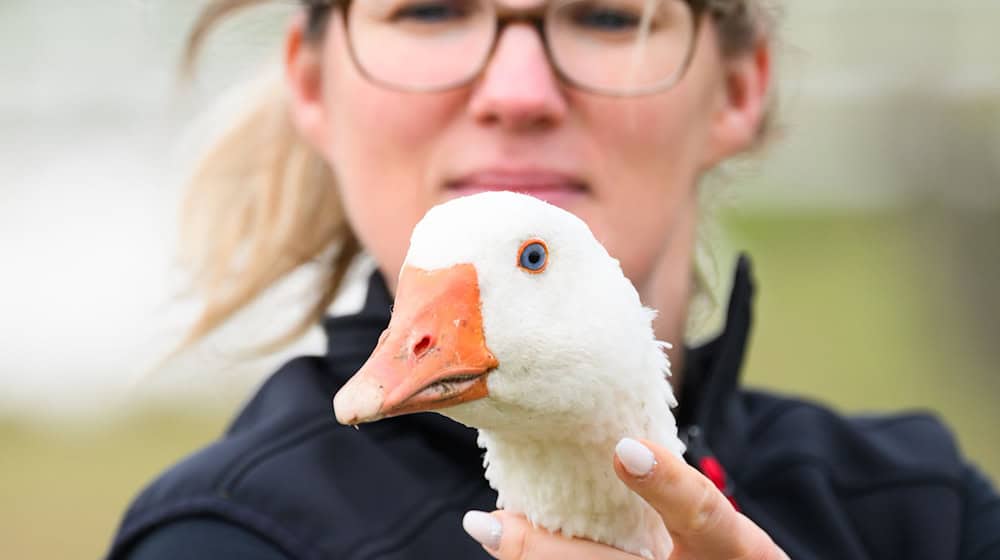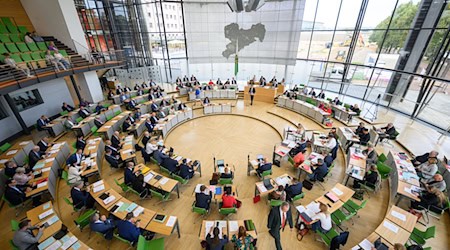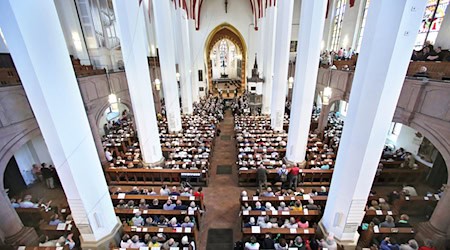The prices for traditional roast goose in Saxony remain at the same level as last year. According to the Saxon Poultry Industry Association (GWV), the price for a fresh goose from German production is around 20 euros per kilogram. Frozen goods from Germany are expected to cost around 15 euros per kilogram.
Lorenz Eskildsen also confirms this. He runs two farms in Saxony under the same name with goose markets in Wermsdorf (district of North Saxony) and Königswartha (district of Bautzen). According to Eskildsen, the price per kilo for a fresh goose this year is 21.95 euros - the same as last year.
Each year, Eskildsen slaughters around 30,000 animals for sale in its own farm stores and in small regional businesses. Pre-orders are not necessary there. The goods are restocked every day in the farm stores and "there is always availability", says Eskildsen.
Most of the geese are imported
On request, Katharina Standke, Managing Director of the Saxon GWV, said that only around 15 to 20 percent of the goods sold in this country come from Germany. Accordingly, around 80 percent is imported from abroad - for example from Hungary and Poland. "Goose farming has always been more of a niche market in Germany. The supply of geese of German origin is correspondingly scarce," says Standke.
However, according to Standke, the price of imported goods is rising slightly again this year and is around nine to eleven euros per kilogram. This is another reason why demand for German goods has risen again. According to Standke, this could be due to the lower price difference and the tighter supply caused by avian flu, among other things.
Though this is also a concern for German producers, "we basically have a fairly stable livestock population in Germany", says breeder Eskildsen. Nevertheless, the danger is still not averted.
Season starts at the beginning of November
According to the Saxon GWV, Saxony has a high status in German goose breeding. According to Standke, 40 percent of the geese produced in Germany each year hatch in Saxony. This is also due to the fact that Eskildsen, one of the largest breeding companies in the country, is based in Saxony.
The goose season traditionally begins on November 1. Ten days later, on November 11, is St. Martin's Day. The first roast goose of the year is then served in many households. Christmas is the second important sales period for producers. According to GWV Managing Director Standke, fresh produce in particular is usually slaughtered on time for these two dates.
According to the State Statistical Office, four of the seven poultry hatcheries in Saxony were dedicated to reproducing geese last year. In 2024, a total of around 590,400 goose hatching eggs were placed in the incubators, from which 390,200 goslings (goslings) eventually hatched.
Copyright 2025, dpa (www.dpa.de). All rights reserved










